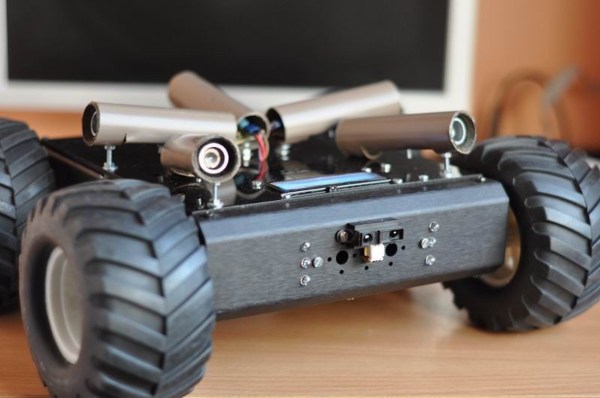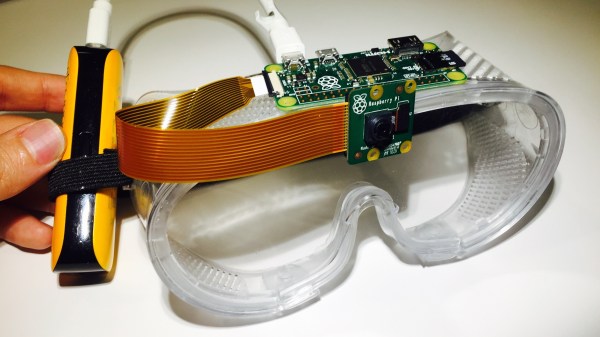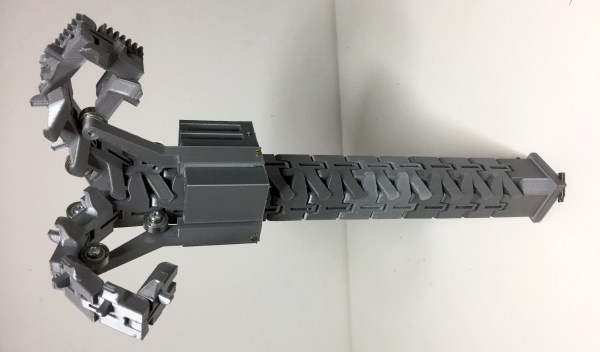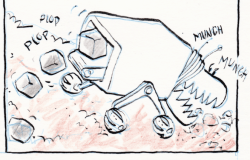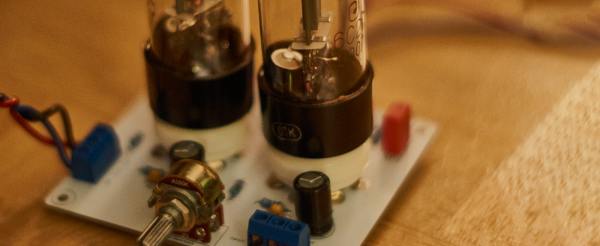[Radu Motisan] is working on a small rover whose primary trick is being able to identify its owner. Robo-Dog is his proof of concept, a rover that uses five ultrasonic sensors to move toward the nearest obstruction. Obviously, this isn’t the same as being able to recognize one person from another, but it’s a start.
The sensors were home-built using ultrasonic capsules soldered into a custom board, with the tube-shaped enclosures made out of PVC pipe. He made an ultrasonic beacon that uses a 556 timer IC to emit 40 KHz pulses so he can get the hang of steering the robot purely with sound. If that fails, Robo-Dog also has an infrared proximity sensor in front. All of it is controlled by an ATmega128 board and a custom H-bridge motor controller.
[Radu] has been fine-tuning the algorithm, making Robo-Dog move faster to catch up with a target that’s far away, but slower to one that’s close by. It compares the readings from two sensors to compute the angle of approach.

